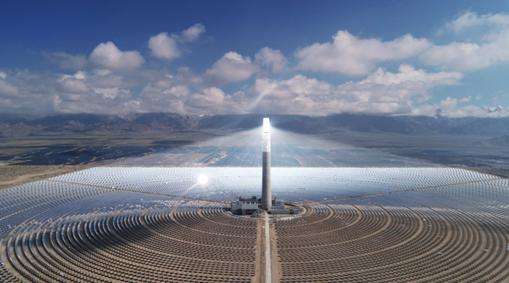In an ecosystem, a relationship between various organisms due to food is called a food chain.
In order to maintain their own life activities, various organisms in the ecosystem must feed on other organisms, a chain relationship connected by food. This food relationship is actually the transfer of solar energy from one organism to another, that is, the flow and conversion of material energy through the food chain.
Food chain efficiency:
Food chain efficiency refers to the ratio of energy production to energy supply at a certain trophic level. It is the ratio of any of the different energy flow parameters between or within trophic levels, usually expressed as a percentage, and may also be called transfer efficiency. The energy parameters used to describe the efficiency ofA food chain includes food intake, assimilation, respiration and production.
Detailed information
Types of food chains:
1. It is plant-based, the latter attacking the former. Like grass, hare, fox and wolf.
2. Clastic food chain. Refers to the food chain formed from broken foods. Such as leaf fragments and small algae, shrimp (crabs), fish and piscivorous birds.
3. Parasitic food chain. A food chain based on large animals, with small animals parasitic on large animals. Such as mammals – fleas – protozoa – protozoa – bacteria – filtering viruses.
Reference documents
Baidu Encyclopedia - Food Chain
< p >The lyrics are composed of the names of the twenty-four termssolar.
These are: the beginning of spring, rain, the awakening of insects, the vernal equinox, Qingming, the grain rain, the beginning of summer, Xiaoman, Mangzhong, the summer solstice, the lesser heat and the great heat; Early autumn, late summer, white dew, autumn equinox, cold dew and frost. Start of winter, light snow, heavy snow, winter solstice, light cold and severe cold.














